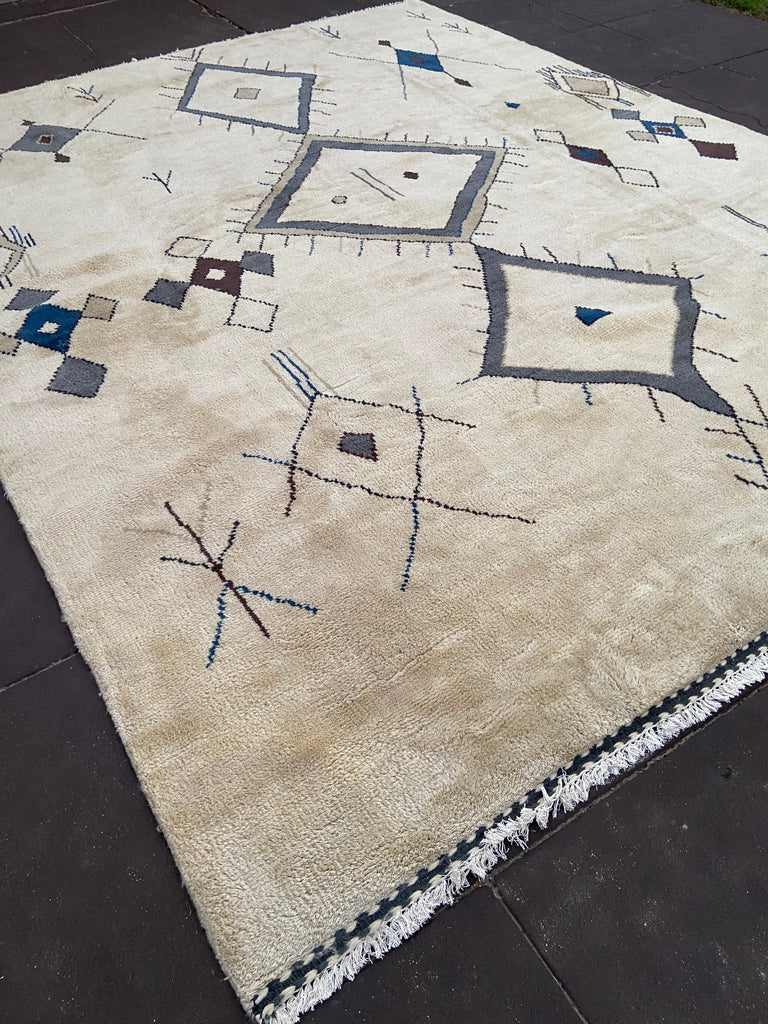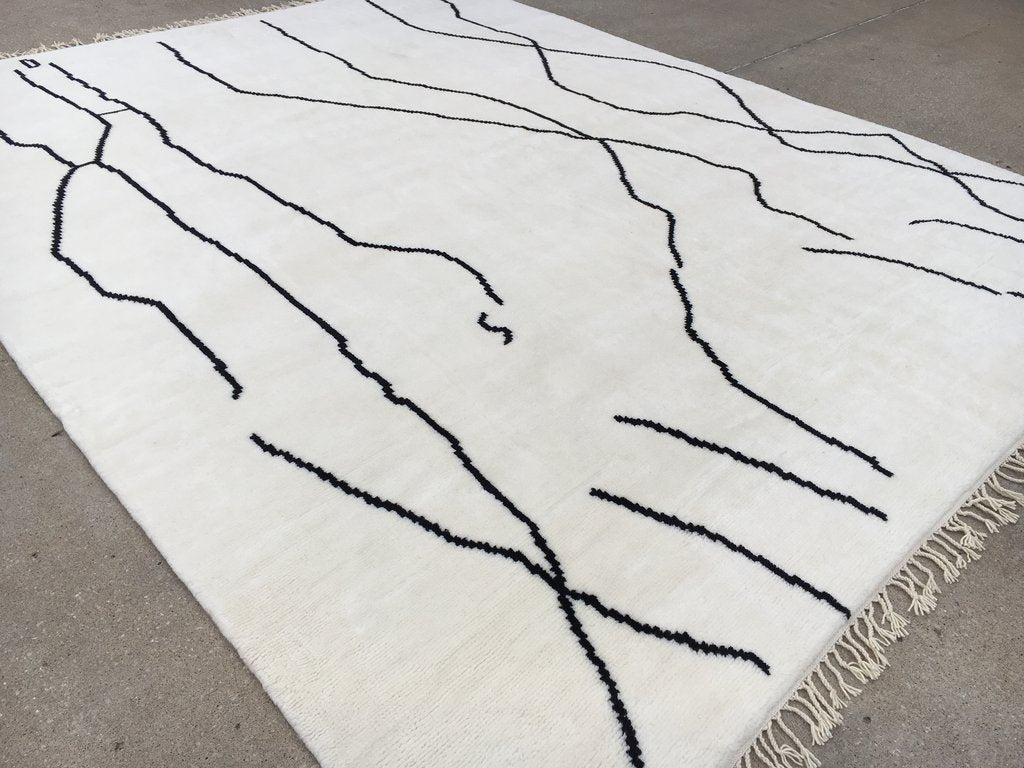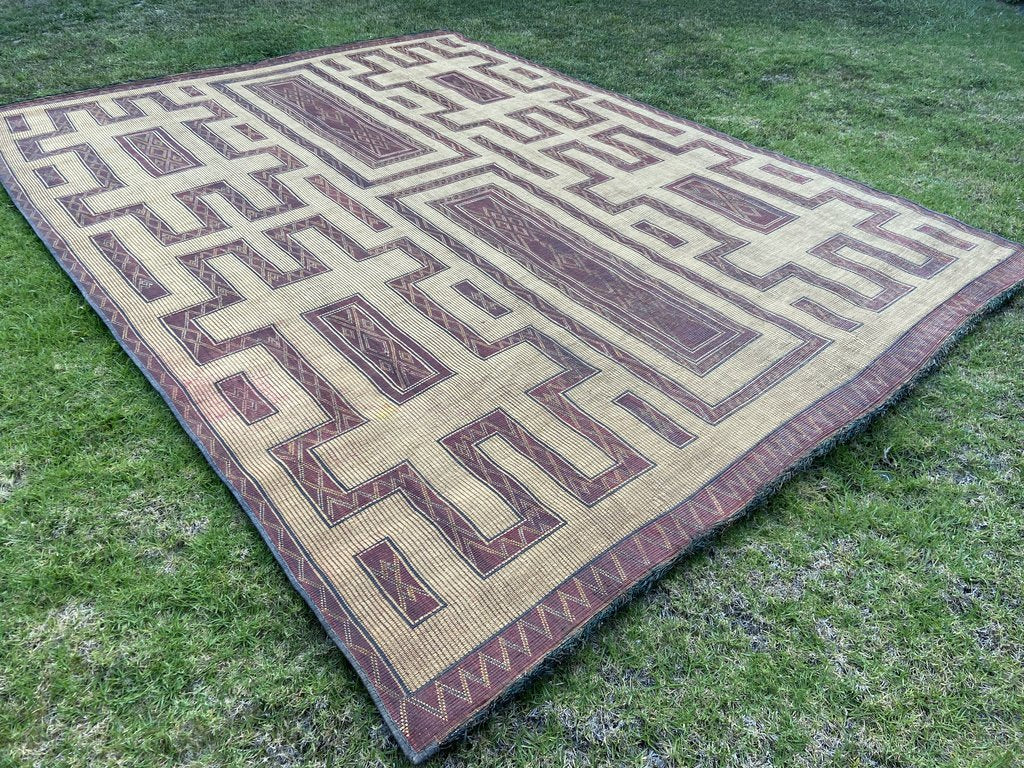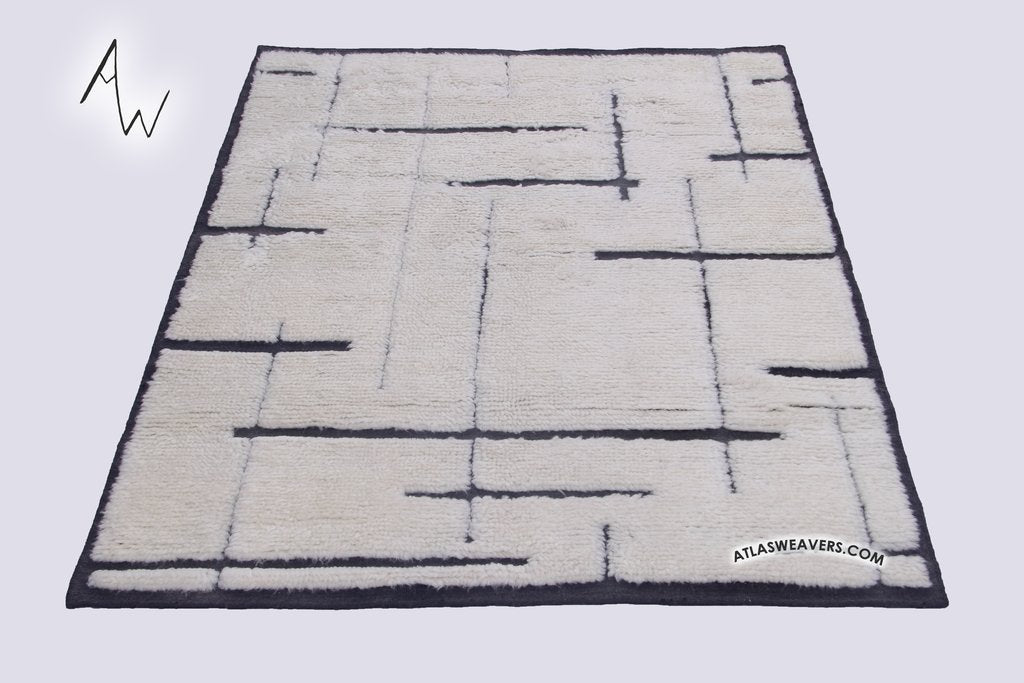Everything You Need to Know When Buying Genuine Vintage Rugs
Moroccan tribal rugs have become a novelty item to look out for during the past few decades. These rugs have reached international popularity, and it is understandable why many people would like to find an authentic vintage rug. If you want to buy one for your home or add to your collection, this article is for you!
Like any other in-demand product, there will always be fake versions trying to be passed off as the real thing on the market. To the untrained eye, the resemblance may be uncanny. However, if you know what to look for, you will almost certainly be able to ensure that you are buying the real thing.

Everything You Need to Know When Buying Genuine Vintage Rugs
There are many types of rugs that you may find and want to buy for your home. Authentic made-for-home Berber rugs hold important value in terms of quality and tradition. Many rugs currently exist and are being sold in various places around the world. However, there are some telltale signs to help buyers determine age and authenticity.
The Colors Used Are Special
Historic Moroccan rugs will have bold, deep, and daring colors woven into them. The use of dark colors depended on the region that the rugs were made in because at the time, synthetic dyes were not widely used yet. Vivid and fiery colors like reds, oranges and violets are colors that mark an older rug because at the time, only vegetable dyes were available.
What Makes Vintage Rugs Unique?
Vintage rugs are considered to be highly unique with designs that are not found anywhere else. This is because these rugs were usually woven at home by the families themselves. These family weavers would have taken control of the entire process of making the rugs. Everything from taking care of the sheep that produce the wool, to dying the yarn, to hand-tying the knots of the rug’s design were done by the families who made them. These give vintage Moroccan rugs a deep-rooted sense of culture and designs that can never be replicated in a factory or rug manufacturing facility that makes mass-produced rugs.
Finding the Real Thing
One way to ensure that you are looking at an authentic Moroccan vintage rug is that it should not look like it was made for the modern home. Since these rugs were made in another time and era, they should naturally have the look that comes with a different culture and people that do not exist in modern day anymore.
Conclusion
Now that you are aware of what sets Moroccan rugs apart from others in the market, you will now be able to discern what is an original from a cheap copy. Also, buying only from legitimate sources and shops will assure you that you are getting the best quality. True blue shops will offer you a range of choices and various collections to choose from. Finding a legitimate rug shop should be the first step in your quest to ensure that you find and buy an original Moroccan rug.
If you want to get your hands on beautiful rugs, come to Atlas Weavers! We are a fair trade artisan project and a premier supplier of authentic Moroccan decorative rugs. Get authentic Moroccan rugs from our shop today!
Continue reading


















